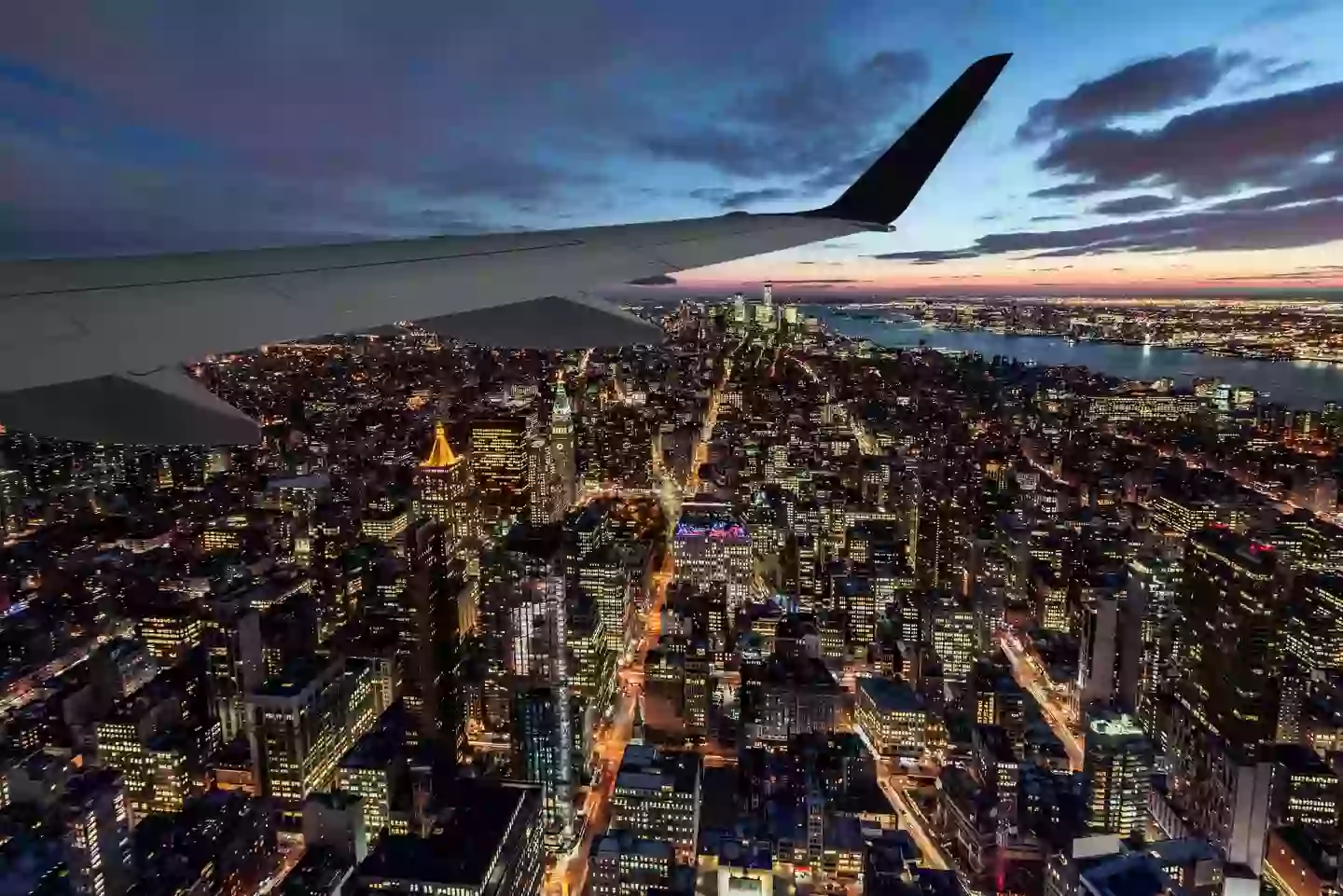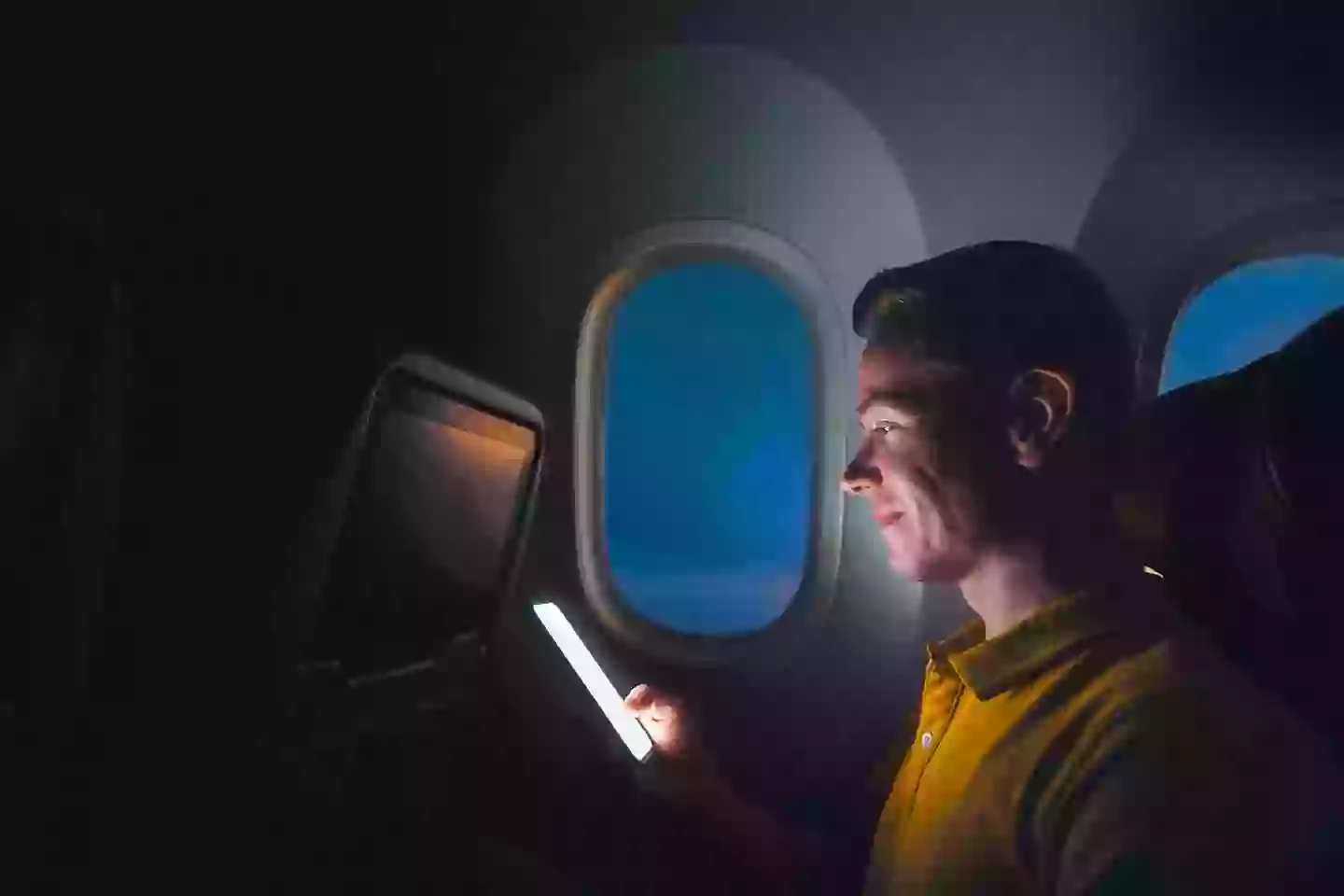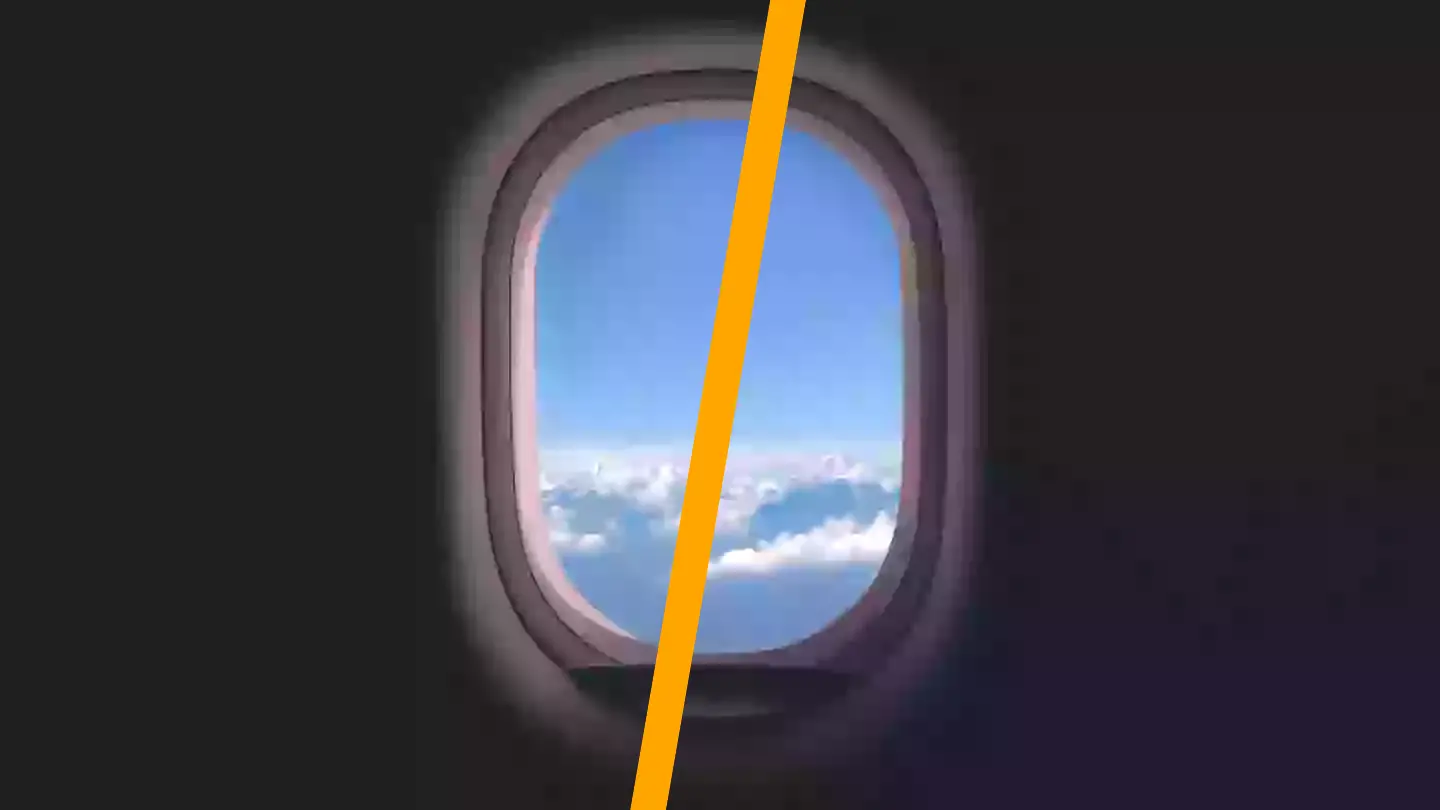Many of us hope to catch some sleep on a plane, but often that remains just a hope as we find ourselves gazing out the window for hours.
Whether you’re entertained by a podcast or engaged in conversation with a travel companion, observing the world from above offers a unique perspective.
The landscape below looks miniature and less imposing, but it’s not just the earth that seems altered. Attentive passengers might have noticed the lack of visible stars during night flights—a phenomenon a scientist has now clarified.

Theoretical astrophysicist and science writer, Ethan Siegel, shared insights on Medium about how artificial light affects our ability to see stars.
Despite being miles away from city lights, even the faint lights inside the airplane cabin can hinder one’s view of the stars outside.
Siegel elaborated: “You can understand this pretty easily if you think about being in your own house at night. If you have the lights on inside but it’s dark outside, who can see what?
“From outside the house, someone looking in can see everything you’re up to. But if you want to see what’s going on outside, you need to turn off the lights inside and turn out the lights outside, don’t you?
“As a general rule, it needs to be darker at the place where you’re looking from than the place you’re looking to, or you won’t be able to see much of anything.
“If it weren’t for the lights of the plane itself, you would, in fact, be able to have some of the best skies available to humans.”

While the lighting inside the airplane is the primary reason stars are not visible, there are additional factors involved.
Ground-level light pollution can still diminish the visibility of stars even from high altitudes.
Additionally, natural elements such as the moon can overshadow the stars with its brightness.
So, while flying at high altitudes might not offer the clearest view of the stars, at least you now understand the reasons behind it!

